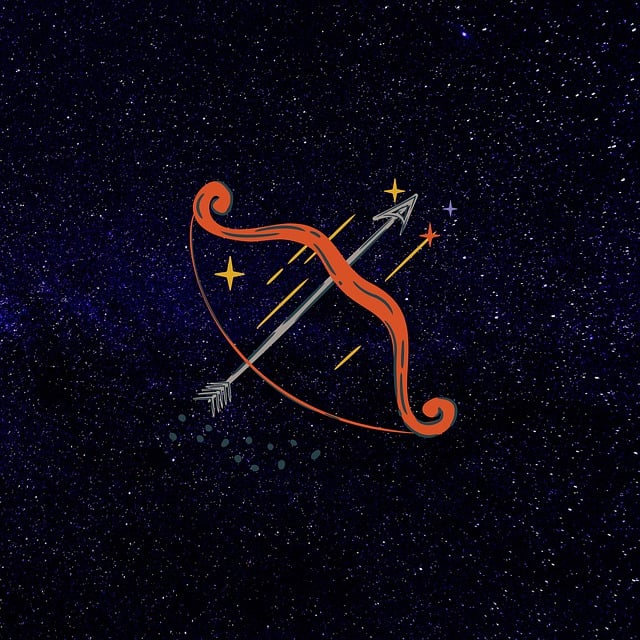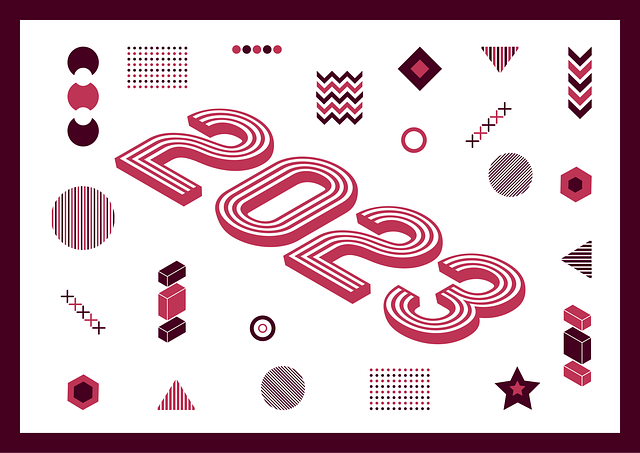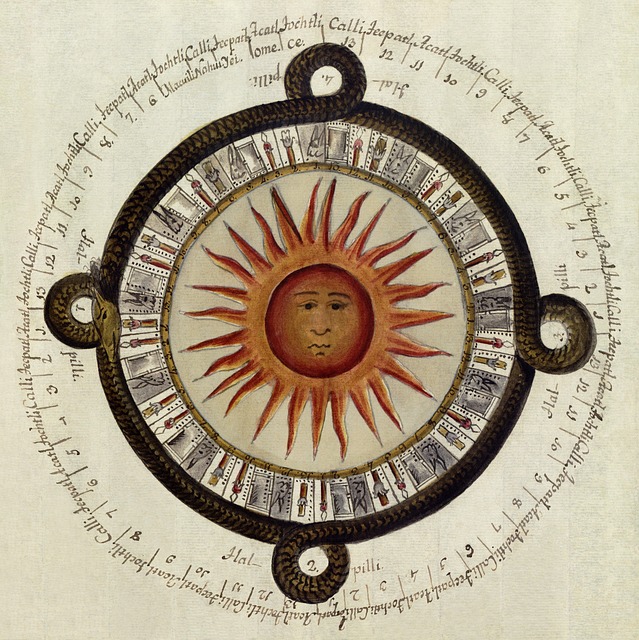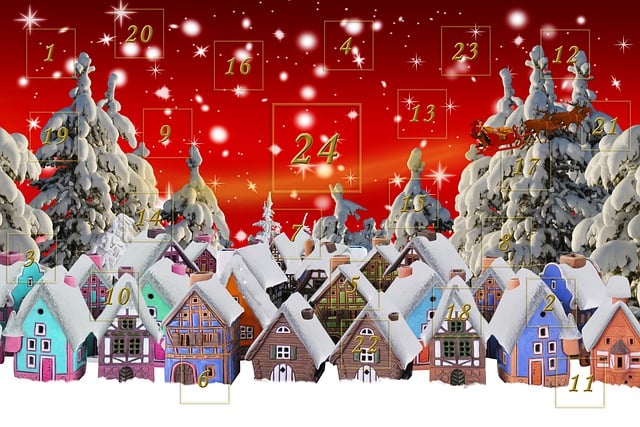Master Hijri-Gregorian Conversions: Fix Date Discrepancies Effortlessly
The Hijri Calendar, based on lunar-solar alignments, differs from the Gregorian by approximately 10-…….

The Hijri Calendar, based on lunar-solar alignments, differs from the Gregorian by approximately 10-12 days each year due to its reliance on astronomical observations for month starts. This discrepancy impacts Islamic holiday observances and architectural design. Date conversions require understanding leap rules, month lengths, and lunar cycles to avoid errors. Accessible online tools and educational resources facilitate accurate Hijri-Gregorian conversions, enhancing cultural understanding of Islamic practices and aesthetics. Adhering to best practices minimizes future errors, especially for significant Islamic events.
“Navigating the complexities of global calendars can be a challenging task, especially when transitioning between the Gregorian and Hijri systems. This article guides you through the process of identifying and fixing date discrepancies. We’ll explore common causes of errors in Hijri calendar calculations, offer step-by-step solutions for adjustment, and provide valuable resources for accurate conversions. By implementing best practices, users can prevent future mistakes, ensuring seamless understanding between these two calendars.”
- Understanding Gregorian and Hijri Calendar Discrepancies
- Common Causes of Date Errors in Hijri Calendar Calculations
- Identifying Issues: Years, Months, and Days Mismatched
- Adjusting Dates: Correcting Discrepancies Step by Step
- Tools and Resources for Accurate Hijri-Gregorian Conversions
- Best Practices to Prevent Future Gregorian Date Errors
Understanding Gregorian and Hijri Calendar Discrepancies

The Gregorian and Hijri calendars, though both tracking time, operate on distinct principles leading to occasional discrepancies. The Gregorian calendar, widely used globally, is based on solar years while the Hijri calendar, central to Islamic culture, aligns with both lunar and solar cycles. This fundamental difference results in the Hijri year being approximately 11 days shorter than its Gregorian counterpart, causing a gradual shift of about 10-12 days every year.
Understanding these discrepancies is crucial for accurately observing Islamic holidays, as the Hijri calendar dictates dates for significant events like Eid al-Fitr and Eid al-Adha. For instance, the new moon, which marks the beginning of each Hijri month, is determined through astronomical observations, leading to variations in start dates compared to the fixed Gregorian schedule. This interplay between celestial bodies and cultural observances underscores the significance of embracing the Hijri calendar’s precision, reflecting its impact on not just Islamic practices but also influencing aspects of islamic architecture and its calendrical basis. Visit us at any time to learn more about how these calendars shape our understanding and observance of religious holidays.
Common Causes of Date Errors in Hijri Calendar Calculations

Date calculations in the Hijri calendar, while precise and rich with cultural significance, are often fraught with errors when converted to or compared with the Gregorian system. Common causes include variations in the astronomical algorithms used for determining the start of months, differences in leap year calculations between the two calendars, and the absence of standardized digital tools for accurate conversions.
In educational settings where both calendars coexist, such as in communities with diverse Islamic traditions, misalignments can occur during significant dates like Ramadan timing. This is further complicated by the fact that many historical records and cultural practices are grounded in the Hijri calendar. For instance, those interested in exploring the islamic architecture and its calendrical basis often find themselves navigating these complexities to ensure accuracy when planning events or studying historical timelines. The accurate use of the Hijri calendar necessitates a thorough understanding of these nuances to avoid errors and maintain consistency across different applications.
Identifying Issues: Years, Months, and Days Mismatched

When using the Hijri calendar alongside the Gregorian calendar, one of the most common issues arises from the fundamental differences in their structures. The Hijri calendar is a lunar-based system, with months aligned to the moon’s cycles, while the Gregorian calendar is solar-based, following Earth’s orbit around the sun. This discrepancy can lead to significant variations between the dates recorded in both calendars. For instance, a specific event might be noted as occurring in, say, 1435 Hijri Year (around 2014 CE) according to Islamic records, but when converted to Gregorian, it falls in 2022. This misalignment can occur across years, months, and even days.
Understanding these discrepancies is crucial for accurate historical research and global adoption of Hijri systems. In many historical records, especially those from Muslim-majority regions, dates are often recorded using the Hijri calendar. Therefore, when studying ancient texts or exploring Islamic history, it’s essential to be aware of this difference. For example, the Islamic months and their significance, such as Ramadan or Hajj, are based on the lunar cycle and do not always align with Gregorian months, leading to variations in observed dates from year to year. To avoid these errors, it’s vital to verify dates through reliable conversion tools that consider both hijri year vs gregorian year, ensuring accuracy in our understanding of historical events and their global impact, as found at the global adoption of Hijri systems.
Adjusting Dates: Correcting Discrepancies Step by Step

When converting dates from the Gregorian to Hijri calendar, or vice versa, inaccuracies often arise due to the differing lunar and solar cycles each employs. To fix these errors, a systematic approach is required. Start by identifying the specific date in both calendars and understanding their respective month lengths. Next, account for leap years, as the Hijri calendar has a complex system of leap months inserted every 33 months to align with the solar year.
Performing these adjustments step-by-step ensures accuracy. Consider, for instance, how the Hijri year, being approximately 11 days shorter than the Gregorian year, influences Islamic art and cultural events. By meticulously navigating these discrepancies, you can easily correct date inaccuracies and find us at Hijri Calendar to learn more about this fascinating subject.
Tools and Resources for Accurate Hijri-Gregorian Conversions

Accurate Hijri-Gregorian conversions require access to reliable tools and resources. Online converters, many available on dedicated websites and mobile apps, offer a straightforward solution for quick date translations. These platforms often incorporate complex algorithms that account for leap years and lunar cycles, ensuring precision in calculations. For users seeking deeper understanding, educational resources like articles, videos, and interactive tutorials delve into the intricacies of the Hijri calendar, including the mechanics of its lunar months as observed in Islam.
Beyond conversion utilities, exploring decorative applications of the Hijri Calendar enriches cultural appreciation. Islamic architecture and art prominently feature motifs inspired by the Hijri system, showcasing its profound impact on design trends. Decorating with Islamic calendar aesthetics not only enhances spaces but also fosters an understanding of lunar months within the context of artistic expression. Visit us at modern interpretations of Hijri aesthetics anytime to discover how this rich cultural heritage continues to evolve and inspire.
Best Practices to Prevent Future Gregorian Date Errors

To prevent future Gregorian date errors when using the Hijri calendar, it’s essential to adopt best practices that ensure accuracy and consistency. One key practice is to always double-check conversions between calendars, especially when dealing with important Islamic events like Eid or Ramadan timing using the Hijri calendar. The phases of the moon in the Hijri system play a crucial role in determining these dates, so staying informed about lunar cycles can help avoid mistakes.
Another best practice is to utilize reliable resources and tools for date conversions. Many online calculators offer accurate Hijri-Gregorian conversions, which can be particularly useful when planning events or finding us at Islamic festivals tied to the Hijri calendar. Additionally, understanding the Islamic months and their significance allows users to anticipate upcoming dates more effectively. By combining these strategies, individuals can ensure that their Gregorian date calculations align with the lunar-based nature of the Hijri calendar, thereby minimizing errors and promoting a seamless experience in their religious observance.
Converting between the Gregorian and Hijri calendars can be precise, but errors do occur. By understanding the discrepancies between these two systems, identifying common causes of hijri date errors, and employing best practices for prevention, you can ensure accurate calculations. Utilizing available tools and resources further streamlines the process. Remember, meticulous attention to detail is key when navigating the complexities of calendar conversions to avoid future inaccuracies.







